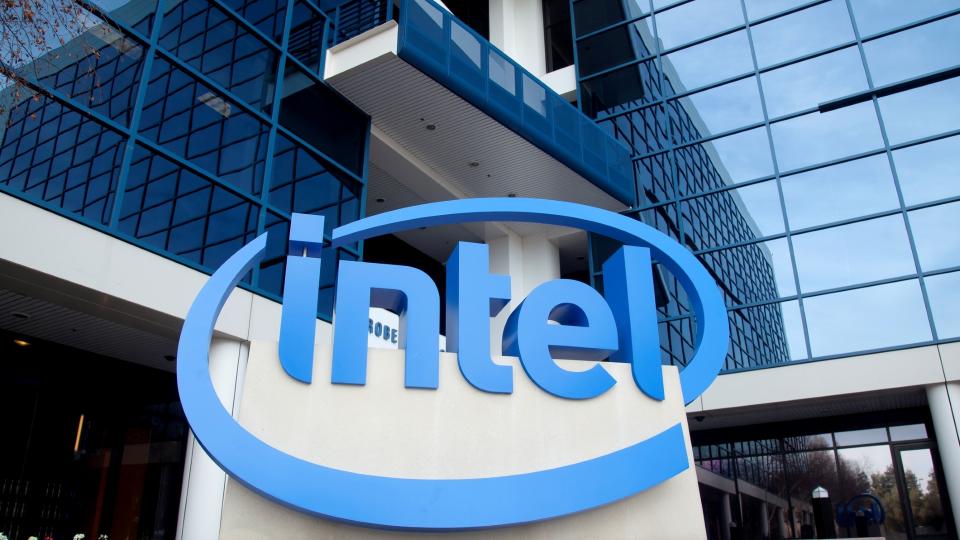Here’s How Much a $1,000 Investment in Intel Stock 10 Years Ago Would Be Worth Today

Given Intel’s household name and status on the Dow Jones Industrial Average for a quarter century, you’d think it would have turned in a superstar performance over the last decade.
It hasn’t.
Check Out: 401(k) Growth Potential: Ways to Double Your Savings in 10 Years
Read Next: 7 Unusual Ways To Make Extra Money (That Actually Work)
So how did this one-time tech darling go so far astray from expectations? And if you had invested $1,000 in it a decade ago, how much would you have today?
A Decade of Haphazard Growth
Ten years ago, Intel closed at $26.95. As of this writing, it’s trading at $35.57.
If you’re not a math whiz, that comes to a 31.98% total gain, or 3.19% average annual returns.
Oh, and if we’d had this conversation around a year ago in March 2023, Intel would have no gains at all to discuss.
Sure, Intel pays a dividend on top of that price growth. But that dividend yield has trended downward over the last decade, dropping by more than half from 3.47% to around 1.39% today. That’s not nothing — but it’s not a lot, either.
Meanwhile, if you’d invested in SPY (an index fund tracking the S&P 500), you’d be sitting pretty on a 169.15% increase in price. That comes to an average annual return of around 16.91%, not including a dividend yield that has averaged around 2% over the last decade (similar to Intel).
If you’d invested $1,000 in Intel a decade ago, you’d have bought 37.11 shares in INTC. Today those shares would be worth a whopping $1,319.85. For comparison, an investment in SPY would be worth more than twice that at $2,690.55.
Intel: Past, Present, Future
While still dominant in central processing units (CPUs) for servers and computers, Intel has been gradually losing market share to rivals like Advanced Micro Devices (AMD) and Nvidia for a while now.
Intel has suffered operational delays, executive miscues, and perhaps worst of all, missed opportunities. They famously missed out on the massive mobile device processing market. And today, they’ve fallen behind in the artificial intelligence chip race as well.
In a world that will need vast new new data processing farms to accommodate the boom in AI, Intel won’t become irrelevant any time soon. But that doesn’t mean they’re poised for a comeback either. Their competitors look far more competent in today’s technology race, and there’s little evidence that Intel has an ace up its sleeve to recover lost ground.
Read Next: 10 Valuable Stocks That Could Be the Next Apple or Amazon
Investor beware.
More From GOBankingRates
This article originally appeared on GOBankingRates.com: Here’s How Much a $1,000 Investment in Intel Stock 10 Years Ago Would Be Worth Today

 Yahoo Finance
Yahoo Finance 